All in the
Family
All in the
Family
A Practical Guide to Successful
Multigenerational Living
SHARON GRAHAM NIEDERHAUS
and
JOHN L. GRAHAM
TAYLOR TRADE PUBLISHING
LanhamNew YorkBoulderTorontoPlymouth, UK
Published by Taylor Trade Publishing
An imprint of The Rowman & Littlefield Publishing Group, Inc.
4501 Forbes Boulevard, Suite 200, Lanham, Maryland 20706
www.rowman.com
10 Thornbury Road, Plymouth PL6 7PP, United Kingdom
Distributed by National Book Network
Copyright 2013 by Sharon Graham Niederhaus and John L. Graham
All rights reserved. No part of this book may be reproduced in any form or by any electronic or mechanical means, including information storage and retrieval systems, without written permission from the publisher, except by a reviewer who may quote passages in a review.
British Library Cataloguing in Publication Information Available
Library of Congress Cataloging-in-Publication Data
Niederhaus, Sharon Graham, 1942
All in the family : a practical guide to successful multigenerational living /
Sharon Graham Niederhaus and John L. Graham.
pages cm
Includes bibliographical references and index.
ISBN 978-1-58979-802-1 (pbk. : alk. paper) ISBN 978-1-58979-803-8 (electronic)
1. Extended families. 2. Intergenerational relations. 3. Families. I. Graham,
John L. II. Title.
HQ519.N537 2013
306.857dc23
2012045021
 The paper used in this publication meets the minimum requirements of American National Standard for Information SciencesPermanence of Paper for Printed Library Materials, ANSI/NISO Z39.48-1992.
The paper used in this publication meets the minimum requirements of American National Standard for Information SciencesPermanence of Paper for Printed Library Materials, ANSI/NISO Z39.48-1992.
Printed in the United States of America
Contents
PART I
Seeing Your Future
CHAPTER
Dodging the Nursing Home
Age is not a particularly interesting subject. Anyone can get old. All you have to do is live long enough.
G ROUCHO M ARX
T HIS IS A BOOK about familiesin particular, families that are taking inventive approaches to coping with the stresses of our changing society. Our focus in this introductory chapter is on how families manage the deteriorating health of a member. Some families handle things well and some dont. Our first story concerns our own family and the difficult death of our wonderful brother Steve in 1998. He was only forty-five.
Our Family
We became a family of seven back in 1959. Thats when our youngest brother, Bill, was born. The firstborn of our folks, John and Charlotte, was Sharon in 1942, then came Mary Ellen in 1943, Johnny in 1947, Steve in 1953, and Bill. Our parents loved all of us. But with each birth, John and Charlotte had to move to a bigger house. Our dad was a lingerie salesman. He covered the western states for Warnaco and he traveled a lot. Mom stayed at home and managed the five of us. She did the homemaking kinds of things wives did in her generation.
Dad retired at age sixty-four. He got off the road and onto the golf course. He loved the grandkids and finally had time to spend with them. Mom loved them too, but after five kids of her own, she was a bit iffy about having them around a lot. All this is pretty normal we suppose. In fact, so was our dads relatively sudden death in December of 1983. So many of his generation have lasted just a year or two past retirement. Mom died just nine months later, also common for her generation. She really missed Dad.
The deaths of our parents were tough on us all. They were very youngsixty-seven and sixty-nine. We miss them so much. But they were relatively healthy before their deaths. The five of us kids had no long parental illnesses to handle. Dad died within a month of his diagnosis of cancer, and Mom died suddenly one August night, just after meeting her new grandson, nicknamed Jack for her husband.
Our family travail was the illness, long-term care, and premature death of our brother Steve. In 1970 he experienced a seizure. At the time the doctors could not diagnose his problem. His case became the subject of seminars at both the Stanford and the University of California, San Francisco hospitals. It wasnt epilepsy; they were fairly sure of that. There werent brain scans and MRIs to help them out back then, just fuzzy X-rays and a series of symptoms. Steve took all this uncertainty pretty well. Our parents worried about him deeply. But Steve had inherited a double dose of our fathers sense of humor. He often quoted Groucho Marx, and his own jokes got him through much of the inconvenience of his affliction, whatever it was. Indeed, its too bad Steve couldnt have made it to old age as Groucho recommended at the beginning of the chapter!
Steve attended the Gemological Institute of America and ultimately became the manager of a very nice jewelry store in Palo Alto. Like our dad he was a great salesmanall his customers adored him. The women in our family all loved having a jeweler in the family. Secretly the guys did tooit saved them money! He vacationed in Kenya and Tahiti and enjoyed the good single life. He learned to live with the seizures, and the prescribed Dilantin handled them pretty well. All the while medical science was improving, and in such an odd way it slowly revealed the seriousness of Steves illness to him.
Our parents had died not knowing what afflicted Steve, not knowing what was going to torture him beginning in the early 1990s. With the new brain-scanning technologies, the diagnosis became easya congenital abnormal vascular malformation or AVM. Thats medical talk for bad plumbing in the head. Every once in a while, a vein in his head would spring a leak. The bleeds caused immediate stroke-like symptoms. At first they were minor, terrible headaches and such. As the blood was reabsorbed into the tissue, his condition would improve surprisingly fast. But after every bleed and recovery, there was scar tissue that refused to let normal functioning return to that region of his brain.
Steve had good medical insurance and the disability insurance helped. And then in 1991 the surgeons at Stanford Hospital decided to take action. The best doctors in the world offered him an awful choice. With surgery things might improve, but untreated, the course of the disease was going to be a slow deterioration of brain functioning over a period of years. Every bleed would mean more disability. That would mean no more driving, loss of short-term memory, and speech problems. He would have to give up the job he enjoyed so much. Unfortunately, jewelers with short-term memory problems lose stuff like diamonds. Steve bravely went for the surgery, and it nearly killed him.
He spent the last six years of his life at the best assisted-living/skilled-nursing facility we could find in Palo Alto. Steve started out with his own apartment therehe had made an unpredicted good recovery from his first deathbed at Stanford Hospital and was able to walk, talk, and even cook for himself with a great amount of effort. His independence was important to him. During those six years there were a series of medical incidents that took more of his brain away from him. Perhaps not being able to talk was the worst. Not being able to swallow ice cream was bad tooour mom had taught us all to love hot fudge sundaes. The decisions about stomach tubes and such during the medical events and hospital stays were awful for us all.
Sometimes siblings are a lot of trouble. Lucky for the four of us, we all did our part in managing Steves care. Bill and Sharon lived close by, giving them the burden of the frequent visits. Mary Ellen and John lived in Southern California and helped out in the ways they could, given the distance.
Next page


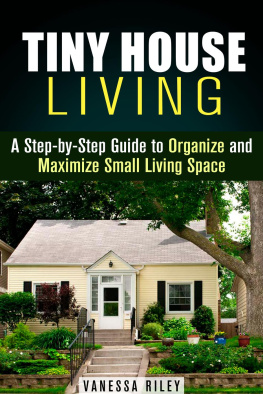
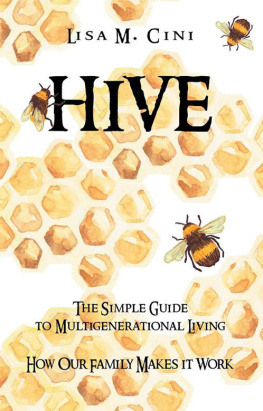
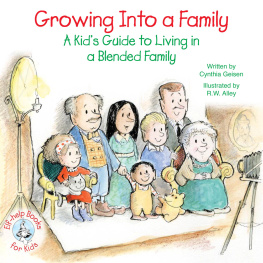
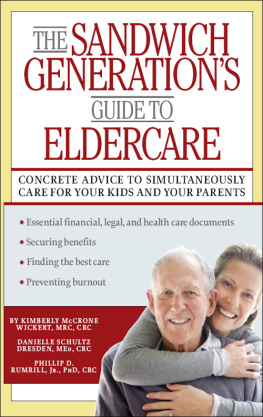
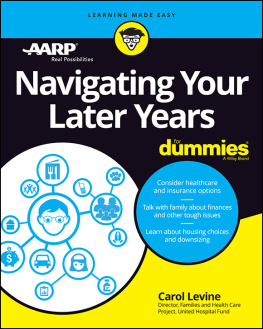
 The paper used in this publication meets the minimum requirements of American National Standard for Information SciencesPermanence of Paper for Printed Library Materials, ANSI/NISO Z39.48-1992.
The paper used in this publication meets the minimum requirements of American National Standard for Information SciencesPermanence of Paper for Printed Library Materials, ANSI/NISO Z39.48-1992.